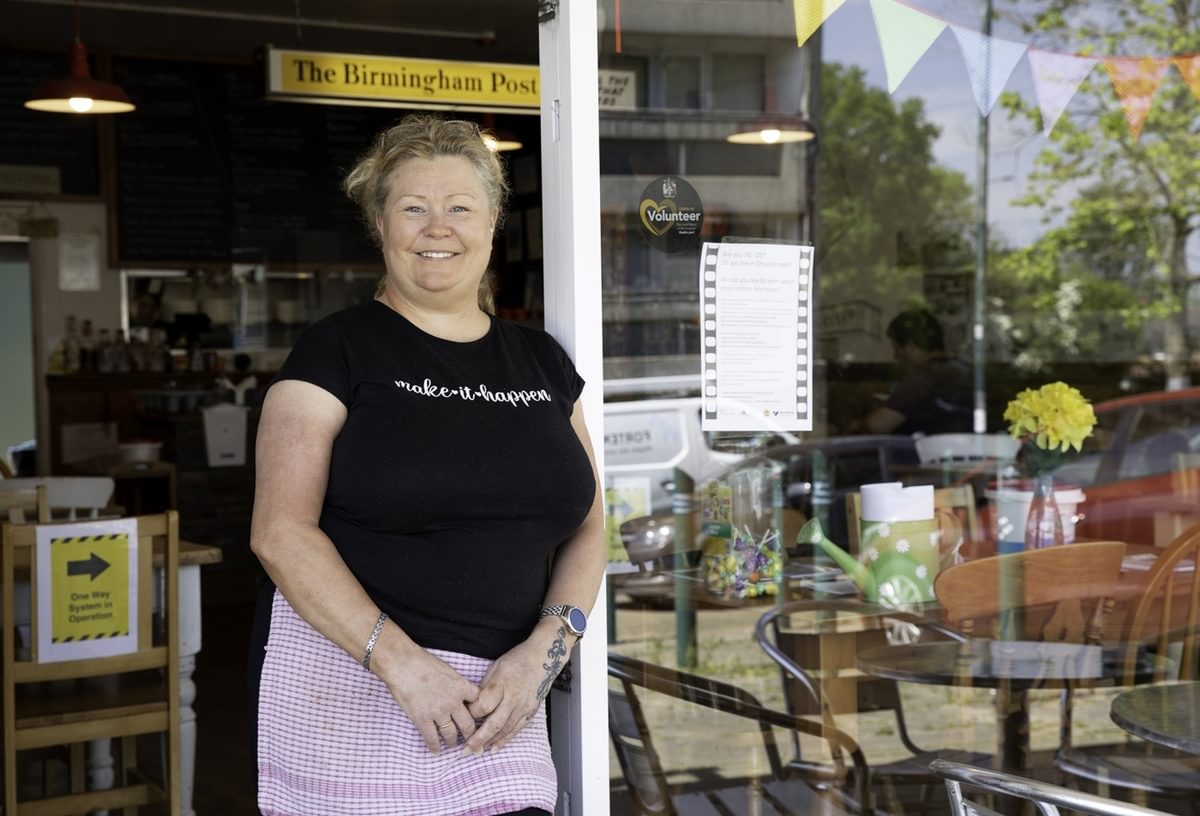How it works
The Living Income is a bold new way of doing income support. It will help people deal with the challenges and opportunities presented by the fast-changing world economy we’re all living in.
The Living Income sets an ‘income floor’ that is enough to meet life’s essentials, like the weekly shop or an emergency boiler repair, which no one can fall below whether they are in or out of work. The level is based on the independently-assessed Minimum Income Standard, which is also used to determine the real living wage.
By setting an ‘income floor’, which is an amount of money no one can fall below whether they are in or out of work, the Living Income provides everyone with peace of mind. We are still working on the details with our partners, but it is likely to include both new universal payments and stronger needs-based payments for support with parenting, lost work or disability.

Measures to achieve a Living Income include:
- Creating new universal payments and restoring existing ones like child benefit.
- Increasing the value of basic payments made to families who get means-tested benefits.
- Increasing the amount people can earn before means-tested benefits get deducted, and reducing the rate at which deductions are made.
- Increasing payments for support with disabilities.
- Removing arbitrary caps on payments that prevent people getting the full amount they are entitled to, like the benefit cap and the two-child limit.
- Ending unnecessary delays to vital payments, such as the five-week wait for universal credit.
The Living Income works hand-in-hand with the real living wage, which ensures people in work are paid properly, and expanded public services, so that people do not have to save up to pay for essentials like health, education and social care. Together they make up The Social Guarantee, which enshrines every person’s right to life’s essentials.